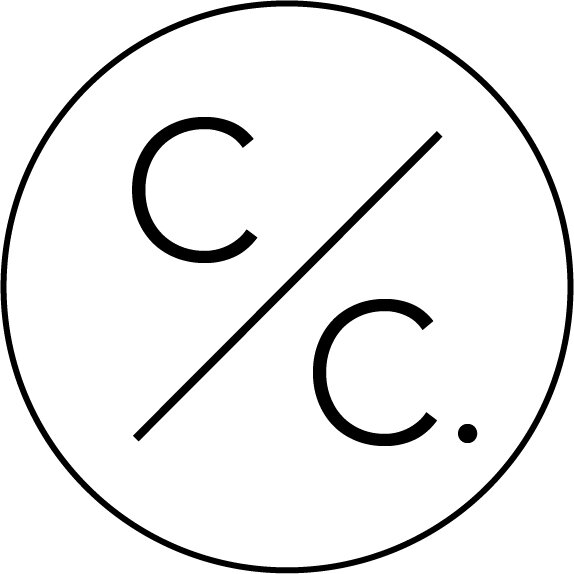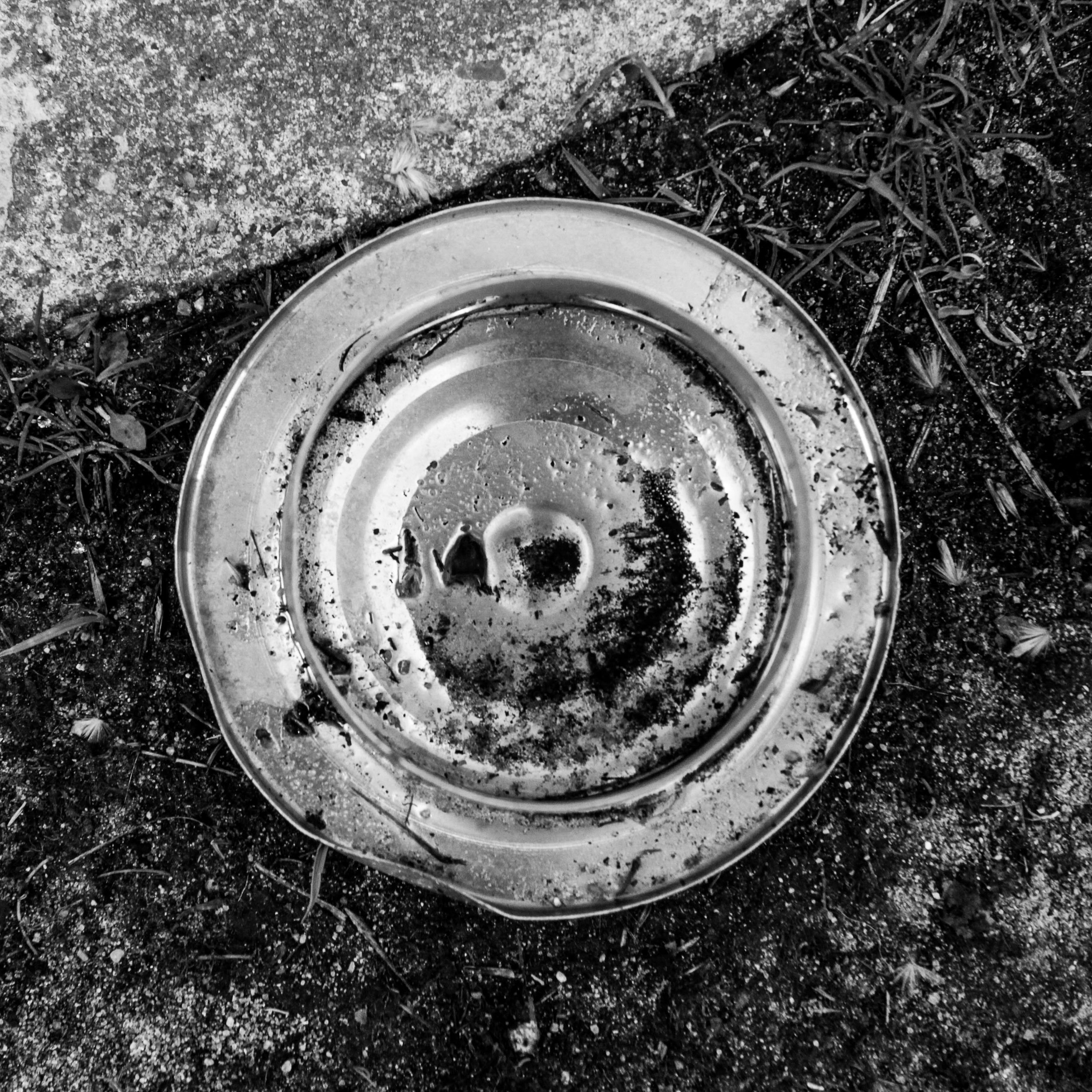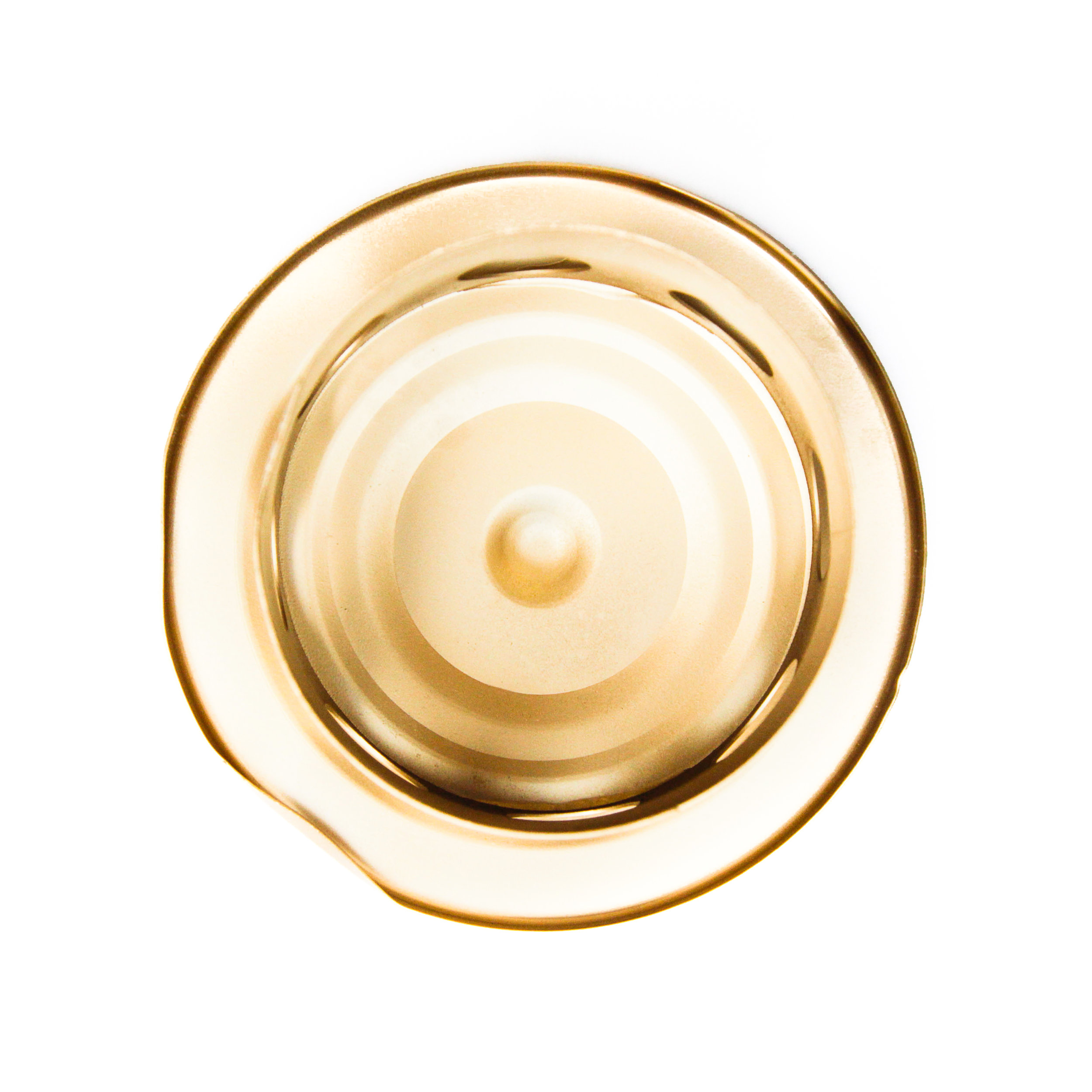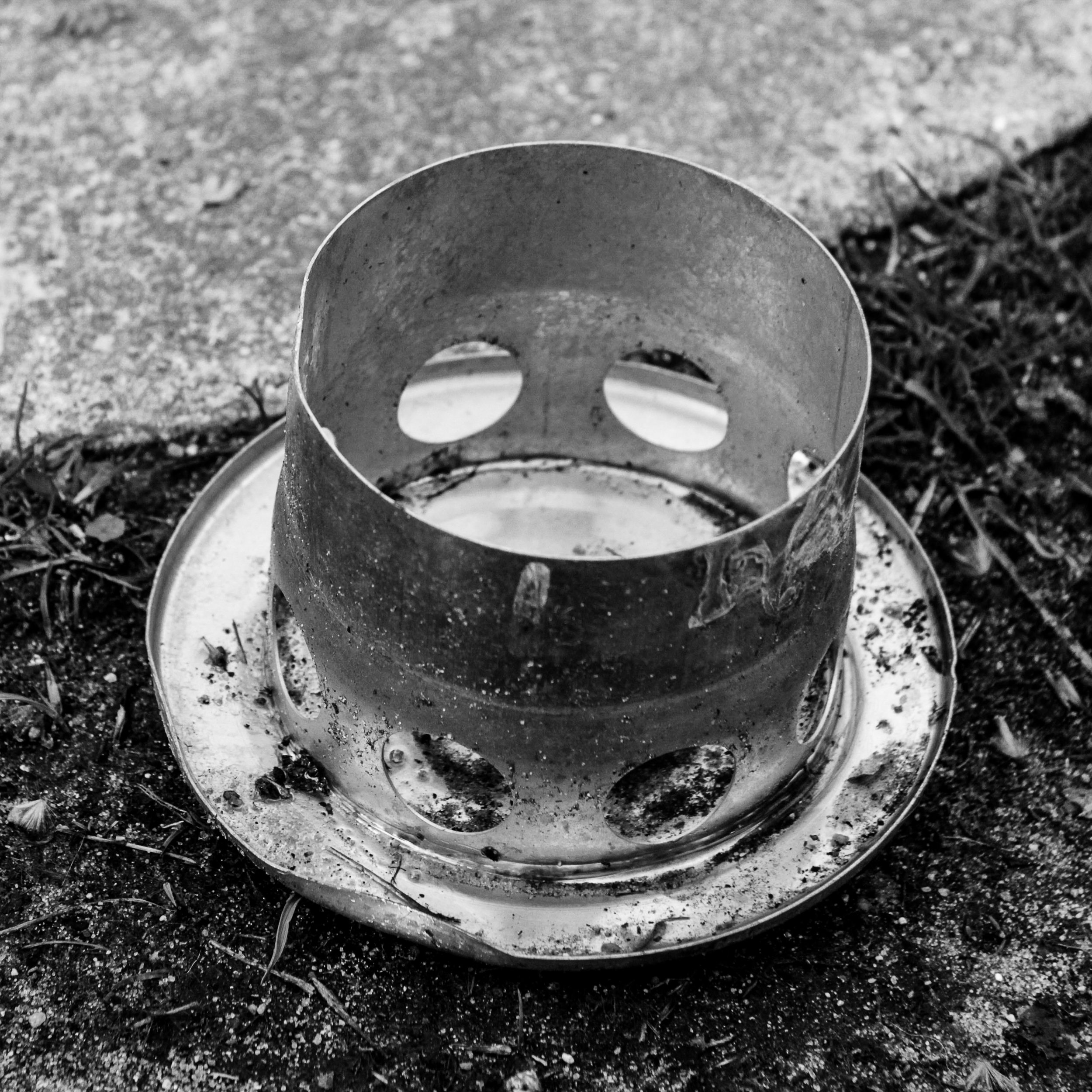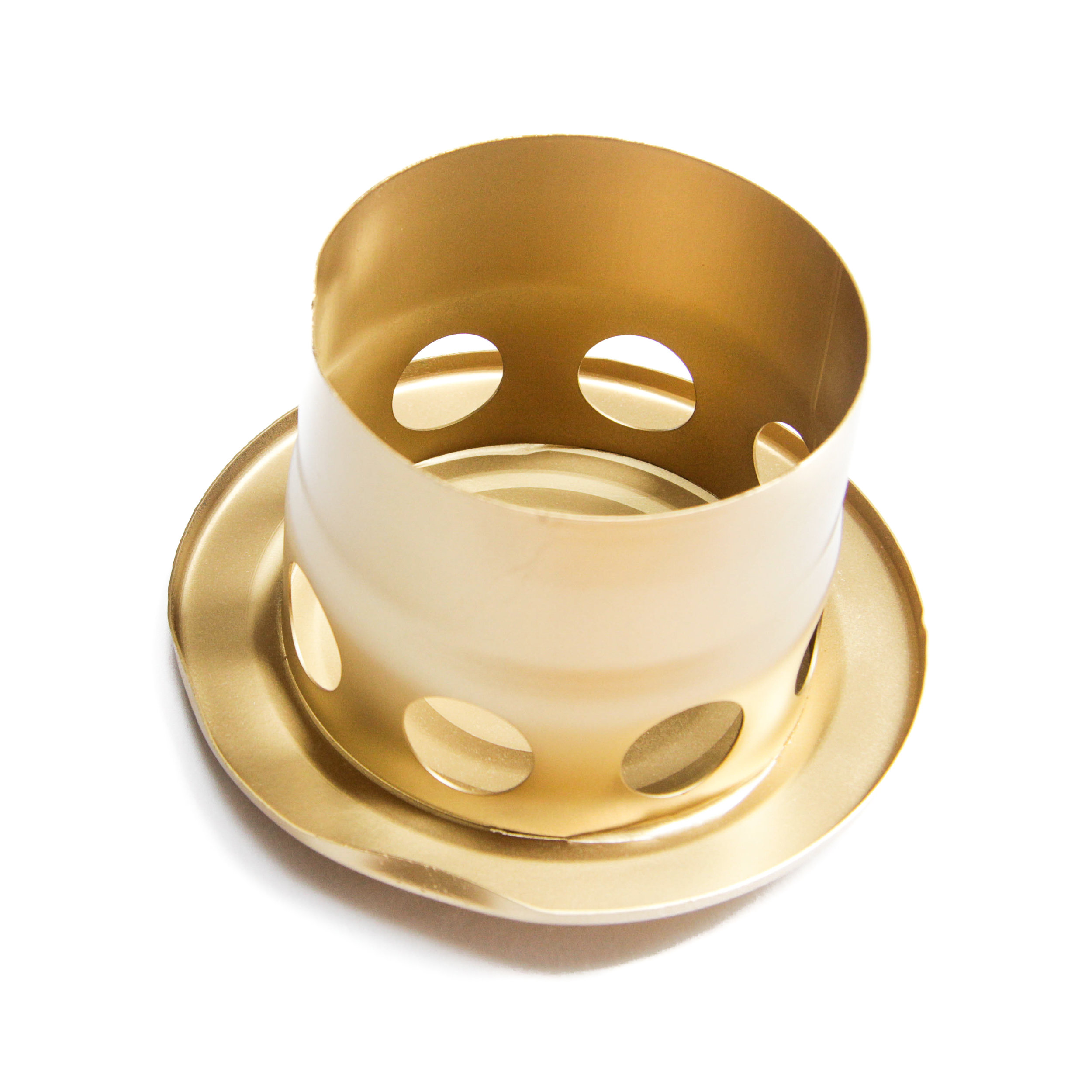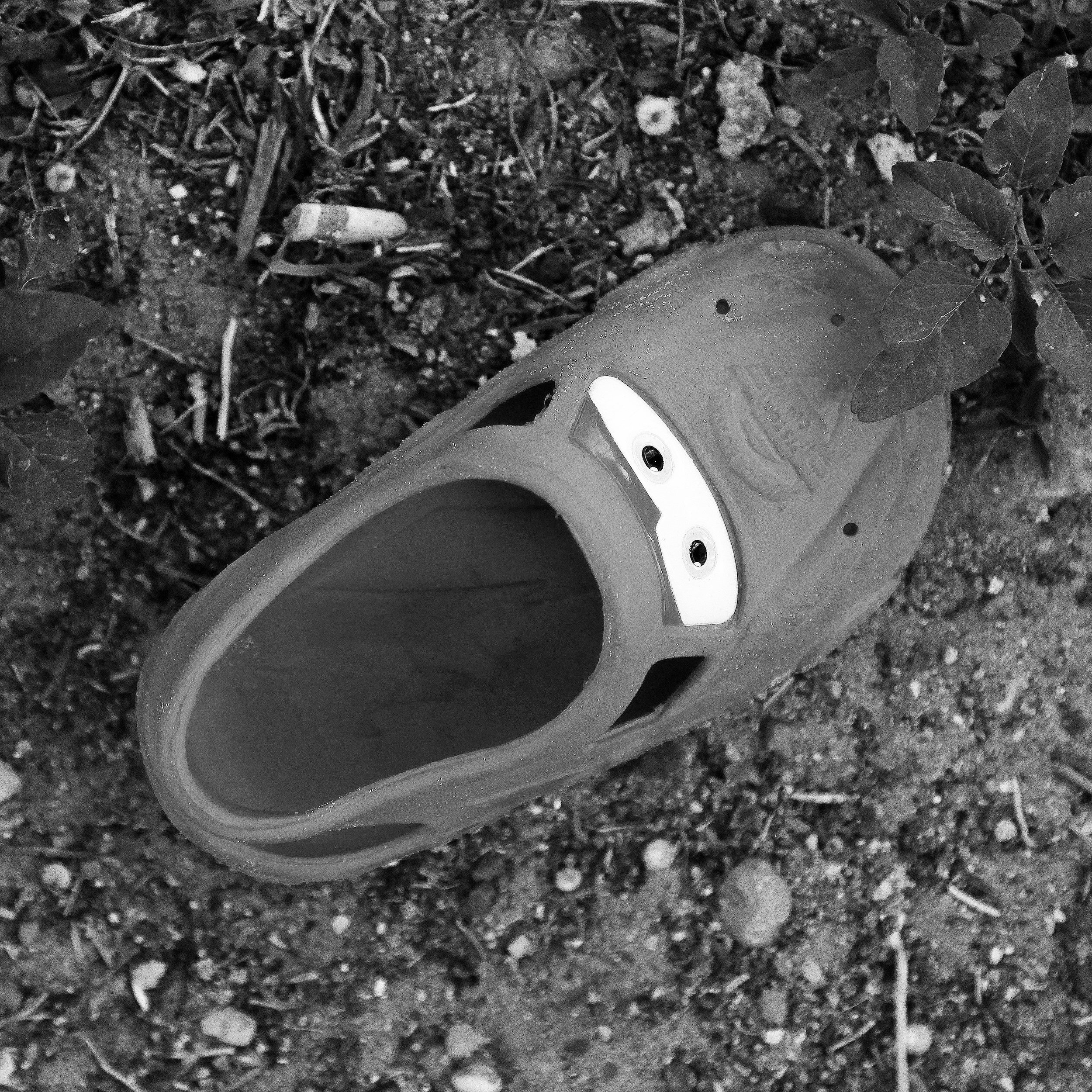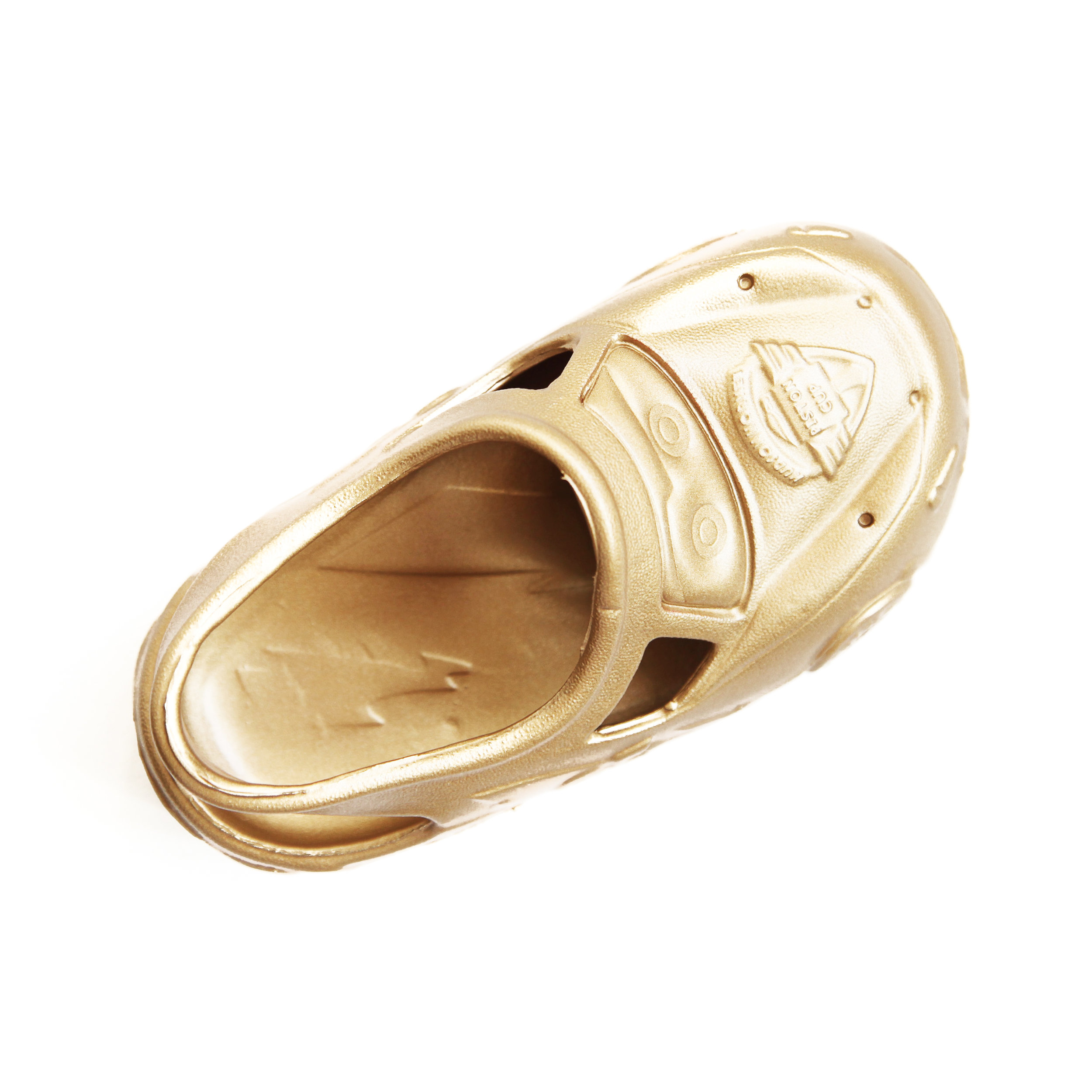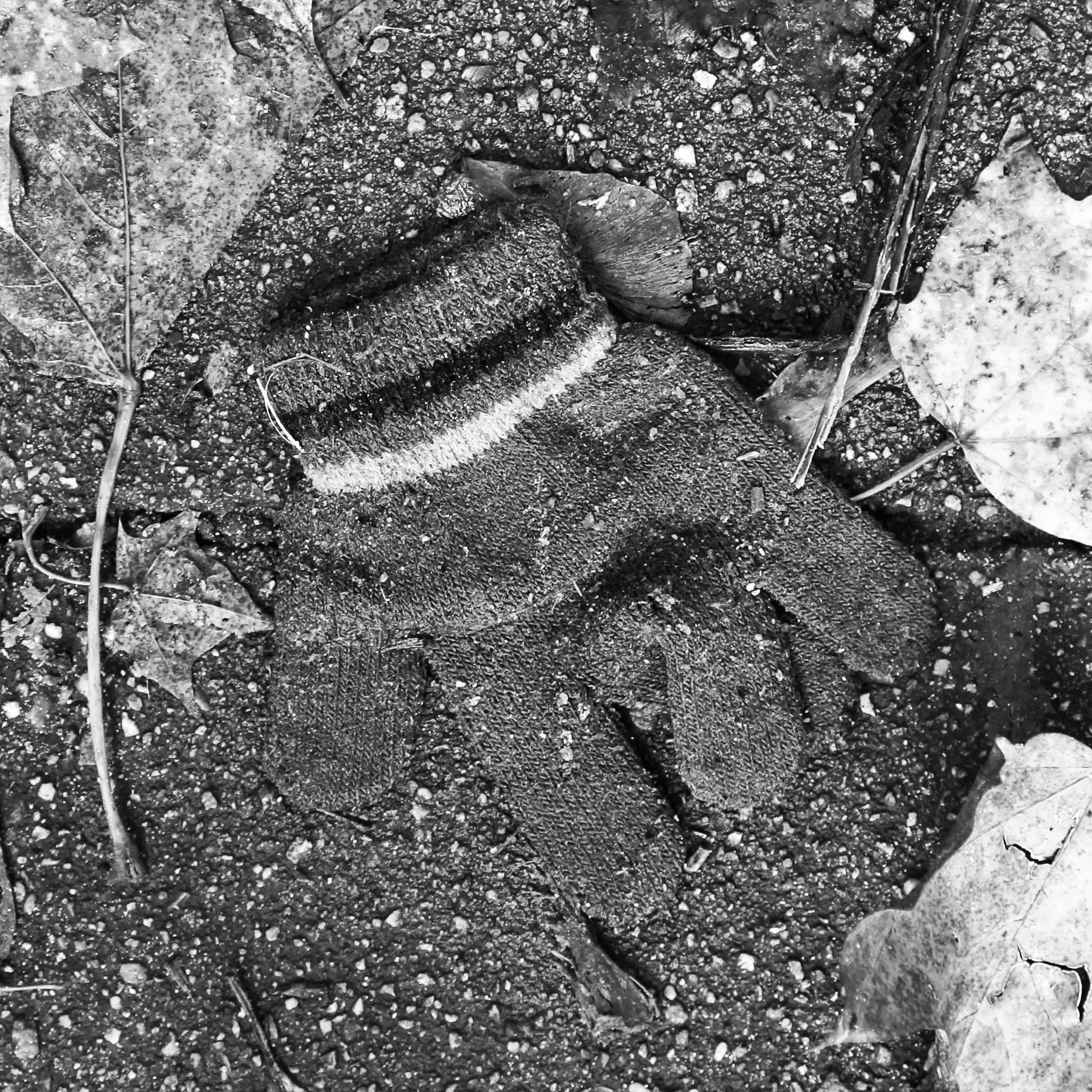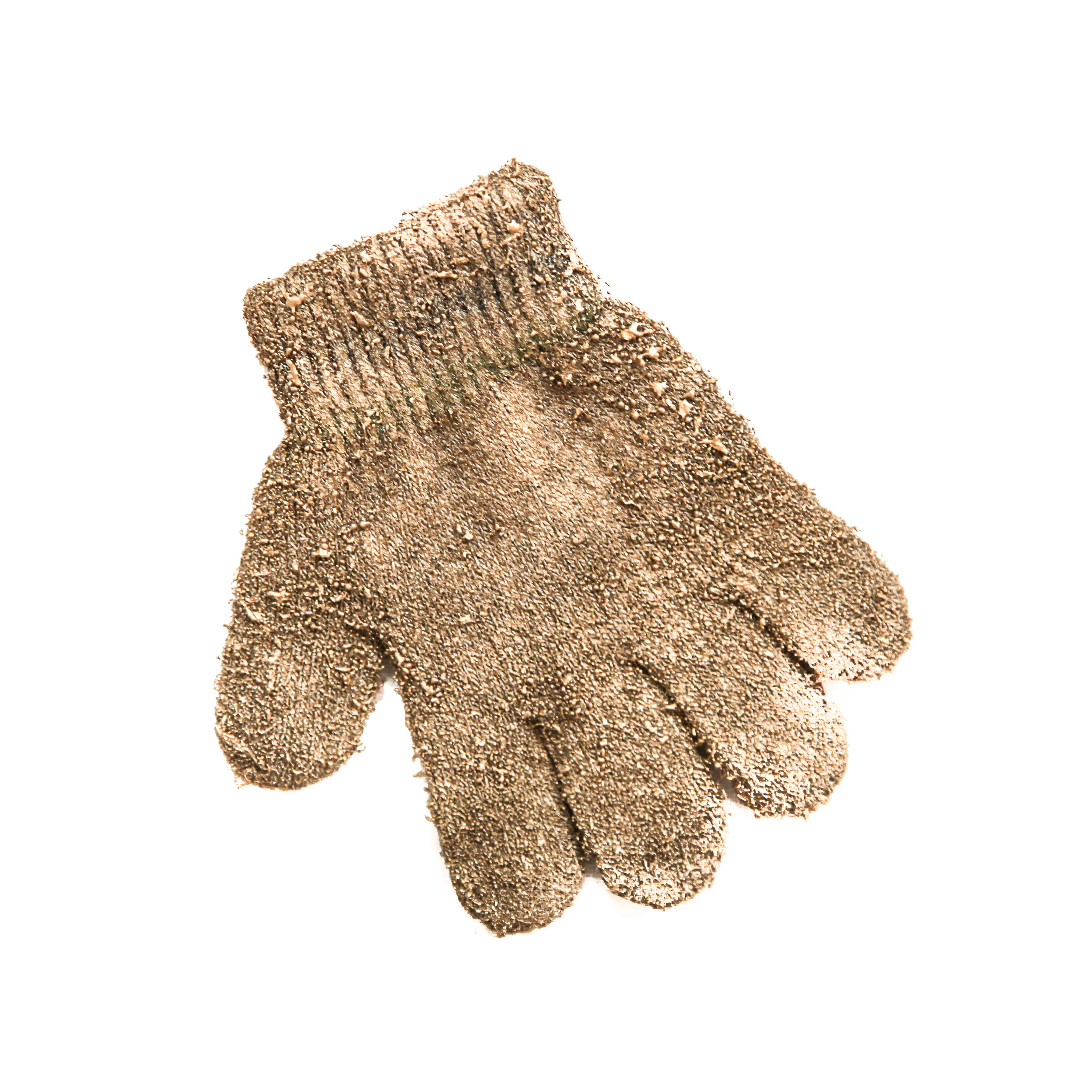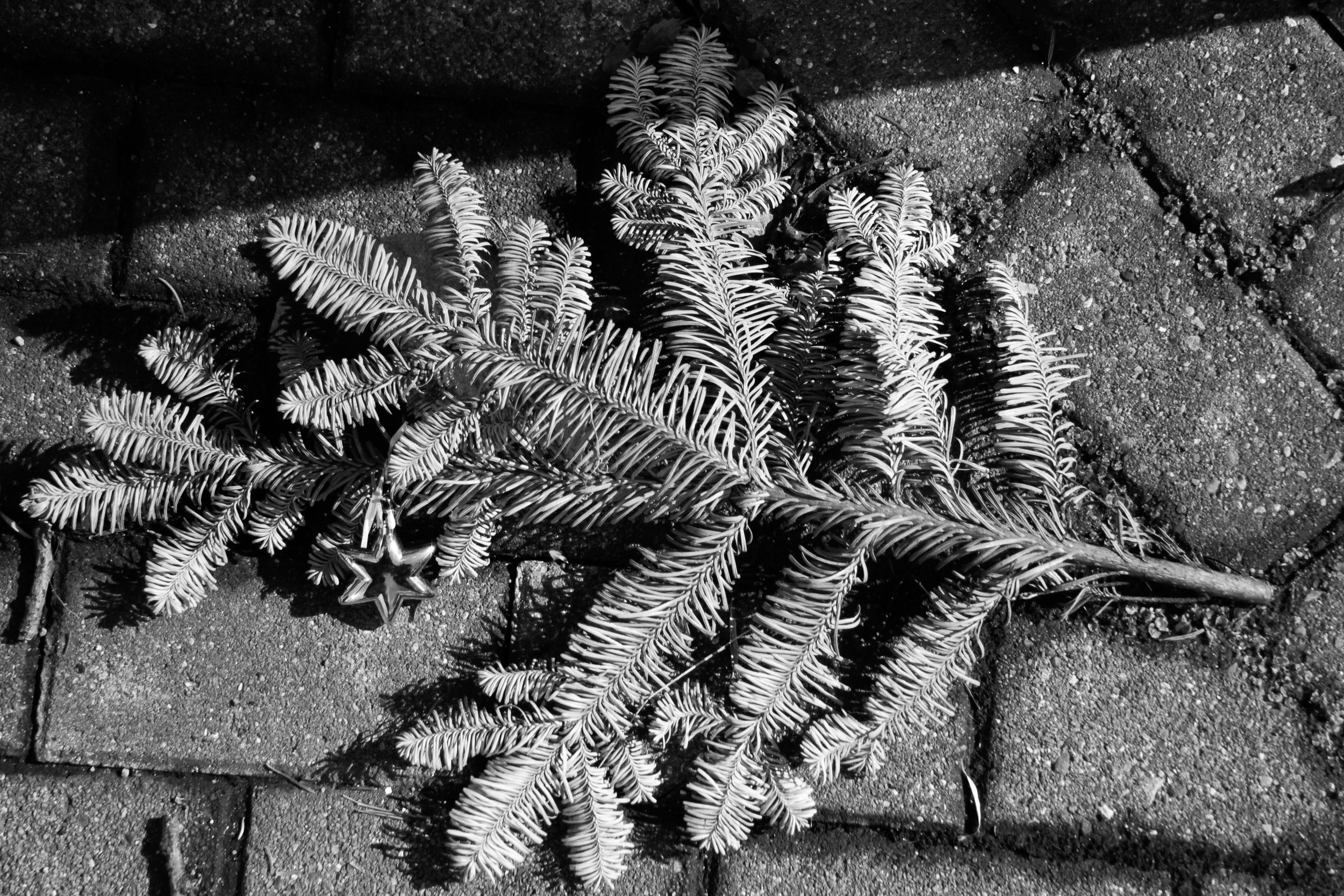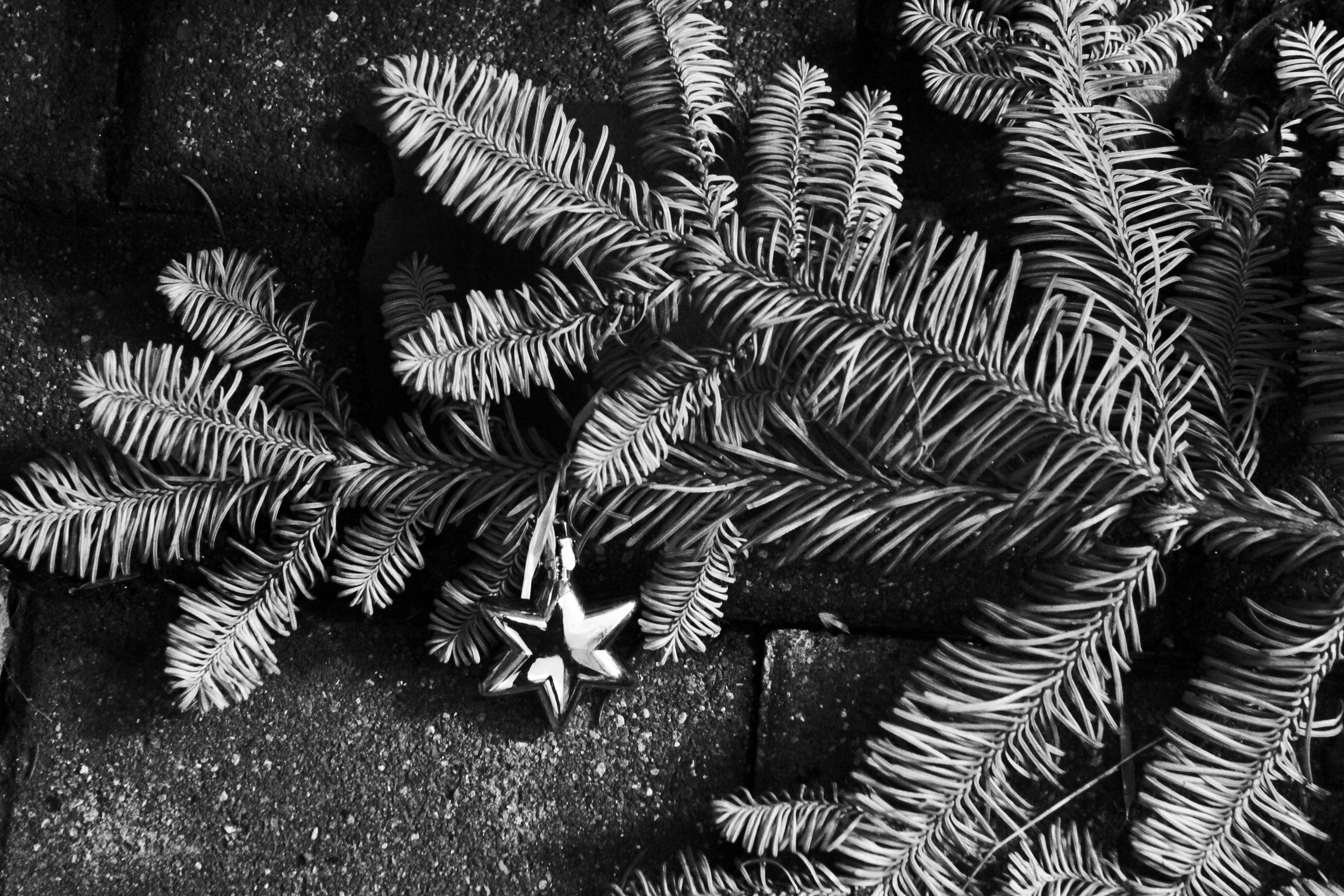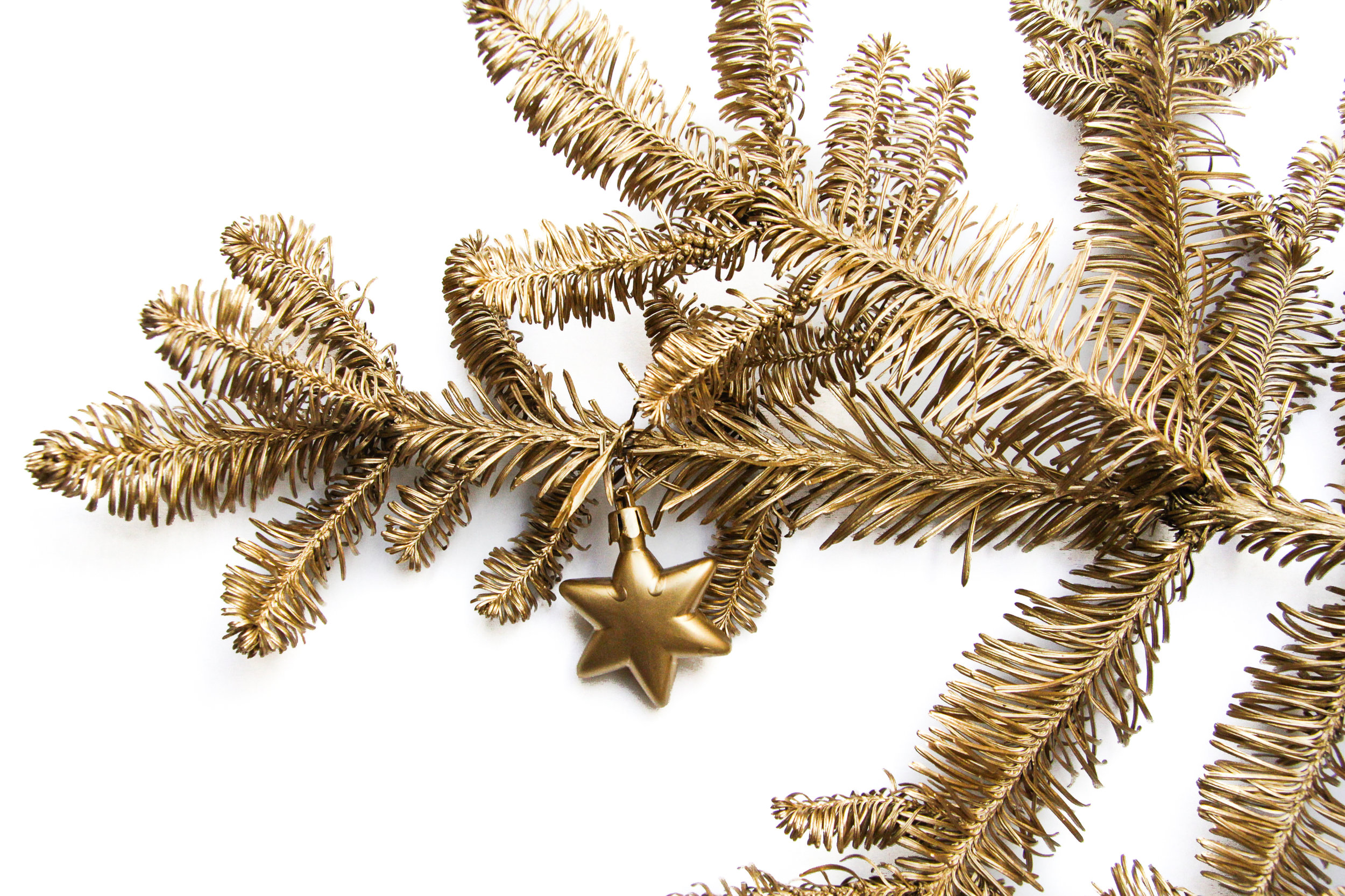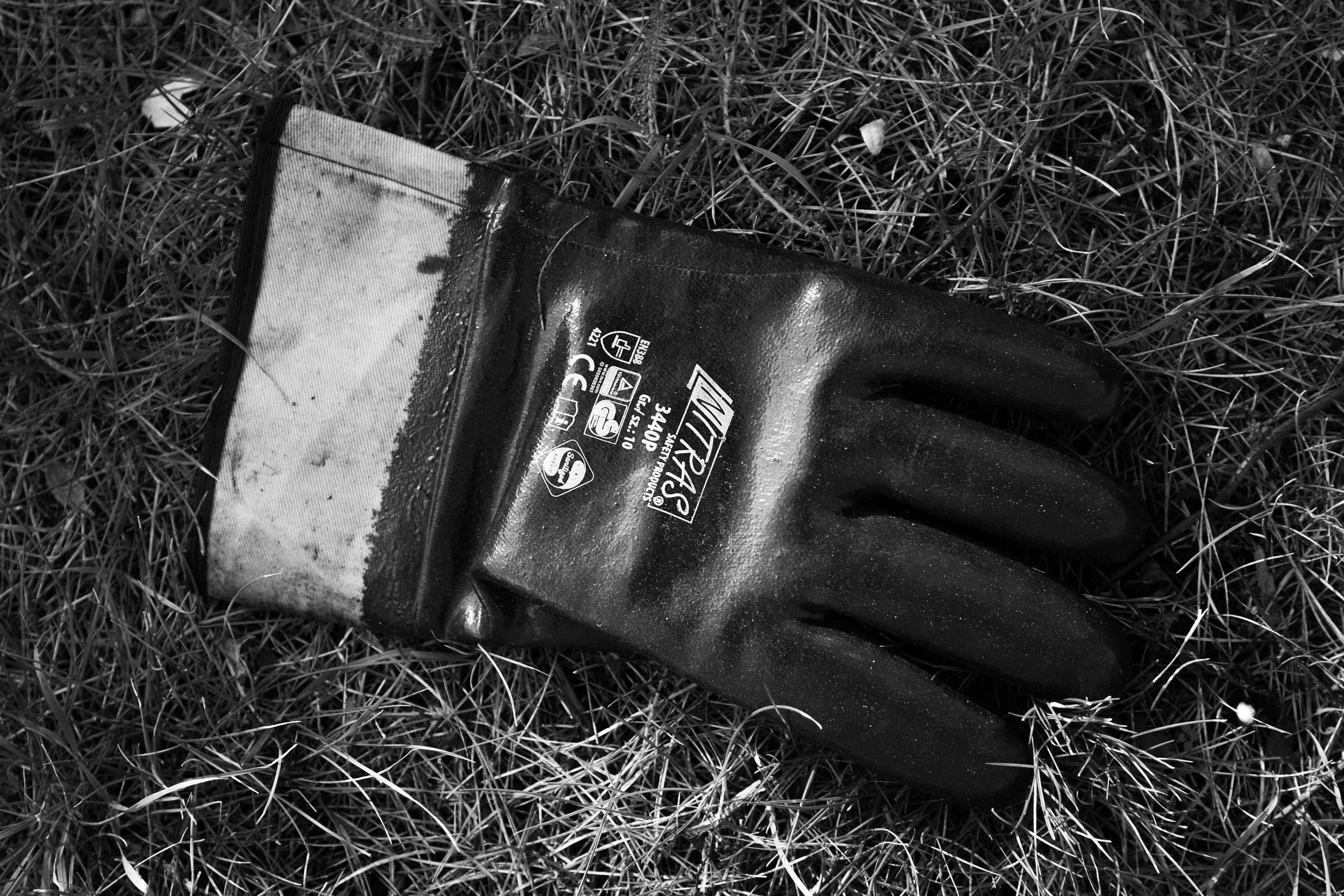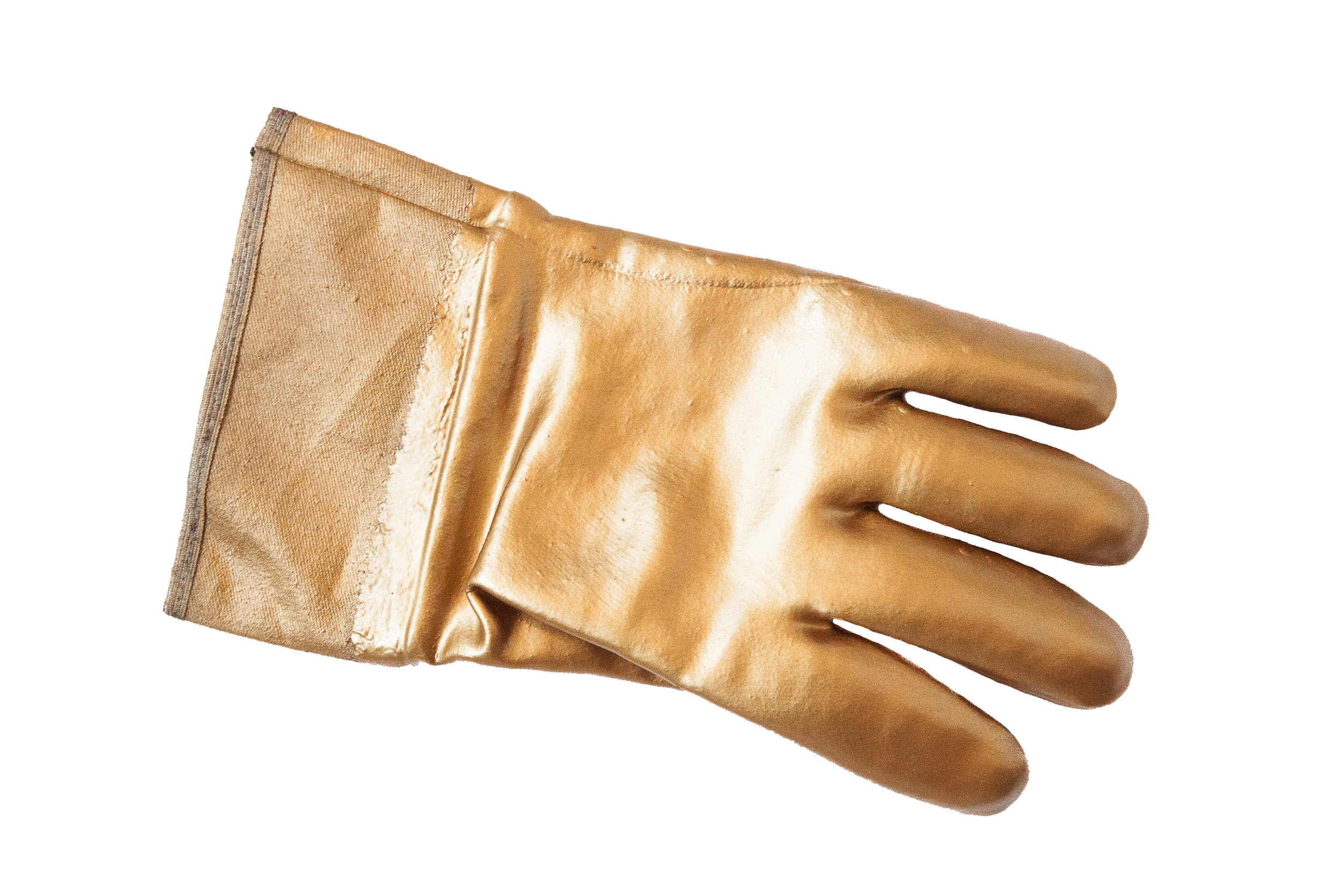GOLDEN TRASH PROJECT.
One man’s trash, another man’s treasure.
The fundamental meaning behind this old saying is the following: One thing can mean different things to different people. It will certainly be of different value for different people. From an etymology point of view, the above alludes to the concept of something having contradictory qualities to different people, a concept that has been around for a long time, even though there have been different modifications over time (one man’s meat is another man’s poison, one man’s pleasure is another’s pain, one man’s loss becomes another man’s gain, etc). But it has not only been relevant in earlier times, when it was first crafted, it still is today; if not even more relevant, as there seems to be a higher level of acceptance for people having divergent opinions and individual preferences and tastes.
It is also a question of relativity. When viewed in the light of Albert Einstein’s relativity theory, relativity means putting things in their respective frame of reference and always looking at them in a relation to something else, another variable. In the case of this project, it is a question of relative value, or put differently, differences in value that individual people attach to certain objects. Value can be of emotional nature, of personal taste, of subjective opinion. There is no common judgement on taste or emotional value. Something one person condemns as worthless may be cherished by another. Therefore, the value that emanates from an object strongly depends on the person evaluating it.
This project portrays objects found thrown away at the side of the road. Objects that have once been of special value to their former owners, but that may have lost their value over time, perhaps due to deficiencies or changing tastes. Perhaps they may have even unintentionally ended up abandonded at the side of the road, objects that are in fact missed by their former owners. Most passers-by will judge them as worthless trash, declaring them as a pollution to the eye as well as for the environment. But one thing is for certain: All of these thrown-away, discarded objects carry some kind of hidden story with them. Stories that may never be uncovered and thus never known to passers-by or their potential next owners. But the intrinsic value of these objects – its rich story-laden past – will last forever, creating a feeling of mystery, preciousness, uniqueness and persistence.
This project is about making the intrinsic value of the objects visible to their audience. They are painted in rich golden tones – a colour that stands for something valuable, special, precious -, illustrating the wonderful and unique stories that each object embodies. That is also how the name for the project was born: The GOLDEN TRASH PROJECT. Golden trash. To some its golden and precious, to some its simply dirty old trash.
Keeping and prolonging the life of these objects depicts a very rewarding task.
As a side effect the Golden Trash Project should also draw the attention to the prevalent throwaway society that we are living in nowadays. Things that are not yet obsolete, broken or have stopped being useful seem to be relatively quickly thrown away and simply replaced by something new, technologically more advanced or more exciting. But as is generally known, to every movement there is an anti-movement. So what we can also observe today – and generally in financially unstable times – is a renewed appreciation for high quality, tradition and craftsmanship. Products that have already stood the test of time. From fast consumption to slow consumption. A paradigm shift that cannot be stressed enough and should be supported whenever and wherever possible.
Marthastrasse | Hamburg | April 2015.
Daniel Street | Tel Aviv | May 2016.
Jenfelder Allee | Hamburg | October 2016.
Eimsbütteler chaussee | HAMBURG | April 2015.
A1 / FÜNFHAUSENER Hauptdeich | Hamburg | November 2017.
